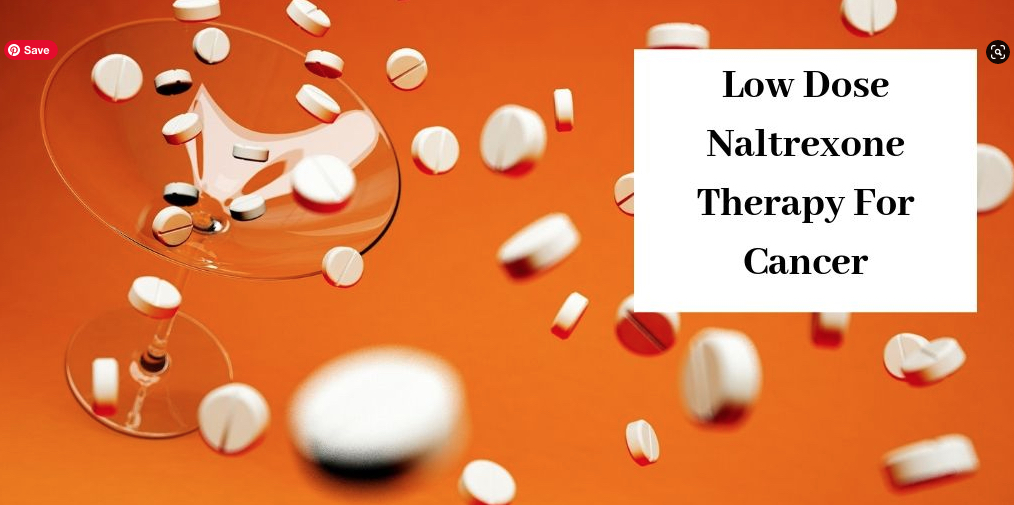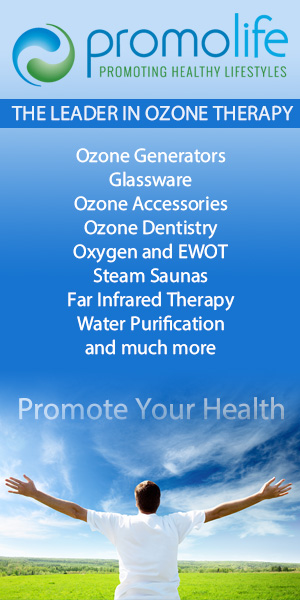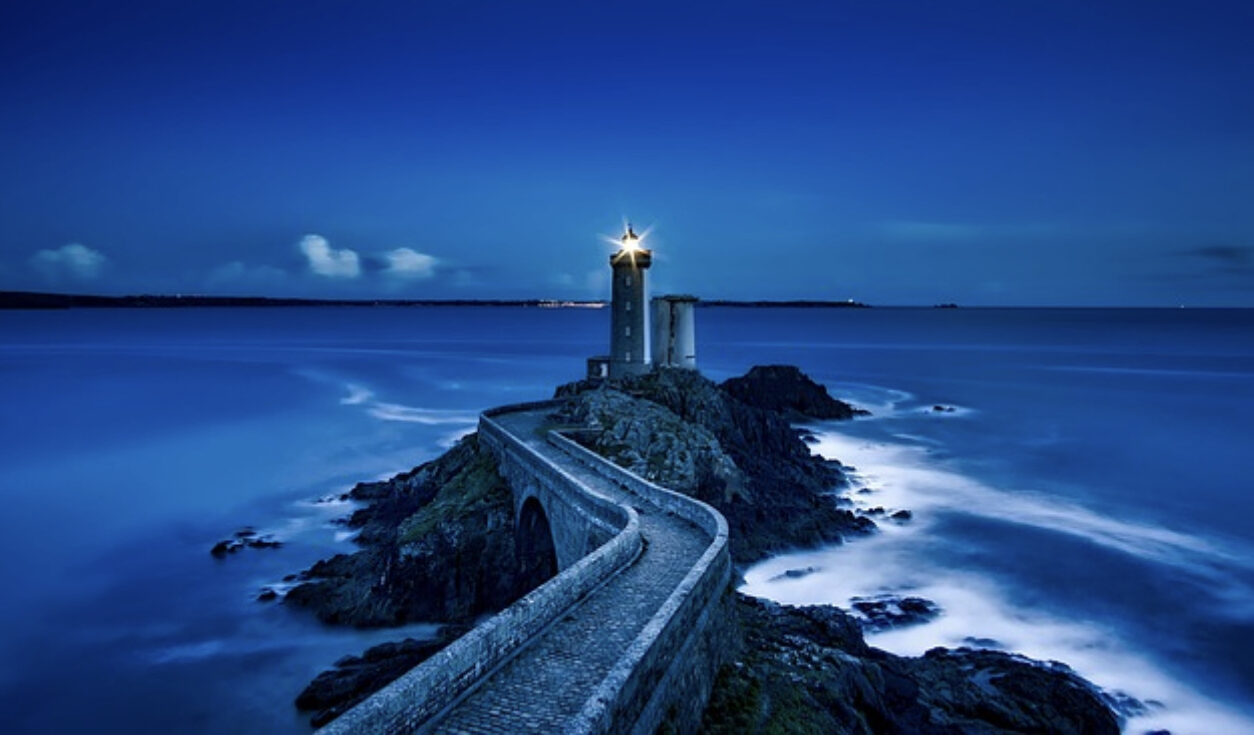Naltrexone is an FDA-approved drug to treat heroin and opiate addiction. Used off-label and in low doses, it’s now being used to treat a variety of conditions, including multiple sclerosis, AIDs, Alzheimer’s, and Crohn’s disease. Low dose naltrexone therapy is also used for cancer.

Table of Contents
What Is Naltrexone?
Naltrexone is a powerful, non-narcotic opioid antagonist that blocks the effects of narcotic drugs. It’s also used in the treatment of alcohol addiction. Naltrexone’s effectiveness lies in its ability to block the “high” associated with substance abuse. In this way, it’s used to prevent relapse in addicts who have become dependent.
Addiction is significantly easier to treat when the desire and cravings for the chosen drug are reduced, and the detoxification process shortened. Unfortunately, naltrexone also blocks endorphins that are endogenously made, resulting in symptoms such as depression, insomnia, paranoia, joint pain, and GI problems.
Interestingly, when used in low doses, LDN alleviates these very symptoms. Doses of 25-50 mg of naltrexone are given to control withdrawal symptoms. Compare this dosage to the low doses – 1.5 to 6 mg of naltrexone that are used – to treat autoimmunity, cancer, and a wide array of chronic diseases.
Hormesis
Low dose naltrexone (LDN) doesn’t heal directly, rather it induces the body to heal itself by increasing the production of endorphins in the brain. In fact, using LDN is a form of Hormesis, a phenomenon that happens when low doses of a substance exert a beneficial effect, whereas higher doses of the same substance would be toxic.
Exercise and ozone are both good examples of hormesis, with the exercise-induced stress on the body making the body stronger and more resilient.
What Are Endorphins?
Endorphins play a significant role in addiction. Most of us associate endorphins with the pleasant feelings we feel after exercise. Endorphins are the peptide chemicals that produce the infamous “runner’s high” that give athletes that much needed “second wind.” High levels produce blissful feelings, while low levels are linked to addiction, anxiety, and chronic pain.
Endorphins are morphine-like chemicals produced endogenously in the nervous system, meaning they are naturally produced in the body. These chemicals work with the opiate receptors found in the brain and spinal cord to reduce pain and promote feelings of well-being. They are extremely powerful, and can be up to 500 times more efficacious than man-made painkillers.
And because endorphins are natural chemicals made within the body, they are non-addictive. Endorphins are hormones that mimic the effects of heroin. Over 20 different endorphins have been identified in the human body that are responsible for enhanced immunity, pain relief, and stress reduction.
Endorphins are also believed to retard aging. Perhaps, this is why people who exercise look younger. Meditation, exercise, deep breathing, and laughter are all therapeutic practices due to the endorphin rush they initiate.
 What Is Naltrexone Used For?
What Is Naltrexone Used For?
In low doses, naltrexone is used to treat autoimmune diseases, eating and behavorial disorders, skin conditions, irritable bowel diseases, infectious diseases such as HIV and Lyme disease, and many types of cancer.
It’s been theorized that people with these conditions have low levels of endorphins, which negatively affects immune function.
LDN is also used for fatigue syndromes like fibromyalgia and chronic fatigue. Even those suffering from anxiety and depression can become less symptomatic by taking LDN. Here are more conditions that respond well to LDN:
- Parkinson’s disease
- RA and osteoarthritis
- Hepatitis C
- Hypertension
- Raynaud’s syndrome
- Diabetic neuropathy
- Psoriasis and dermatitis
- Bipolar
- PTSD
- Allergies
- Sinusitis
How Does LDN Work?
From 2:00 to 4:00 a.m. in the morning, the brain receives signals from the pituitary and adrenal glands to make endorphins. When LDN is given before bed, opioid receptors are blocked. The body’s response to this blockage is an upregulation of essential immune system components, and up to a 300% increase in endorphin production.
By giving LDN several hours before this process occurs, endorphin production skyrockets. These endorphins are responsible for the success rate of LDN. Another benefit of these elevated endorphin levels is induced apoptosis of cancer cells, an important mechanism that aids in preventing cancer.
Since endorphin deficiency is linked to substance abuse, poor immune function, mental health disorders, pain syndromes, infections, allergies, obesity, heart disease, and autoimmunity, it would stand to reason that correcting a deficiency state, would eliminate these symptoms.
Homeopathy
LDN is used homeopathically. It’s therefore not used for its direct effect on the body, but rather the body’s reaction to it, namely improving immune function, and promoting endorphin release, notably metenkephalin and beta-endorphin, two highly abundant endorphins.
If you want to read more about LDN, here’s an informative overview of what it is and how it works: The Promise Of Low Dose Naltrexone Therapy. Potential Benefits In Cancer, Autoimmune, Neurological and Infectious Disorders.
Affiliate links ✔️
Low Dose Naltrexone Therapy And Cancer
Dr. Bihari is the doctor responsible for the groundbreaking clinical trials conducted on AIDs patients who were given LDN. These patients were extremely ill, and most of them failed to respond to various treatments. Bihari observed that when these patients took LDN, their crippled immune systems were protected.
LDN is showing great promise in the area of cancer due to its amazing effects on the immune system, culminating in reductions in tumor growth, and inhibited angiogenesis. This is significant because angiogenesis is the process of new blood vessel formation that fuels cancer growth. In this way, LDN can halt disease progression.
LDN targets opioid growth factor and opioid growth factor receptor pathways that inhibit cell proliferation, while increasing the number of circulating natural killer cells, lymphocytes, and cytotoxic T cells, important immune system molecules. When used in conjunction with conventional cancer drugs, LDN has been show to increase their efficacy.
LDN relieves pain and improves mood, both of which promote healing. Elevated levels of endorphins enhance immunity, which in turn mitigates pain by combating infections, inflammation, allergies, autoimmune diseases, and cancer.
Types Of Cancers
Dr. Bihari reported that certain cancers respond favorably to treatment with LDN. They are:
- Neuroblastoma and glioblastoma
- Lung (non-small cell) and breast cancers
- Colon and rectal cancers
- Uterine, ovarian and endometrial cancers
- Lymphocyte leukemia (chronic)
- Lymphoma – Hodgkins’ and non-Hodgkin’s
- Prostate cancer (untreated)
- Throat and pancreatic cancers
- Malignant melanoma
Not surprisingly, patients who showed the most progress had never been treated with chemotherapy.
Low Dose Naltrexone Therapy
Typical doses of LDN fall in the 3.0 – 4.5 mg range. Dosage depends on several factors, including how much the person weighs, their individual sensitivity to the medication, along with absorption and excretion rate. Another significant factor is liver and kidney health. Some people may do fabulously on 1/4 the average dose, while others may need three times that amount.
Starting doses begin at 0.5 to 1.5 mg and are increased slowly over a couple of months in increments of 0.5 mg. The optimal dose of LDN is 4.5 mg, although this can vary significantly based on the factors above. Keep in mind, LDN should not be taken the week preceding and following treatment with chemotherapy.
It’s recommended that LDN be taken at night on an empty stomach. When I was on LDN, I would eat dinner at my usual time, and wait two hours before taking it. To optimize absorption, no food or water should be consumed one hour after taking LDN.
Taking it at night is key to maximum endorphin release because LDN can then work with the body’s diurnal rhythms as 90% of endorphins are produced in the middle of the night. By dosing the medication in the evening, endorphin production increases threefold.
Low Dose Naltrexone Side Effects
Unlike naltrexone, people experience few negative symptoms when taking LDN. When side effects are noted, they’re typically mild and temporary. Sleep disturbances, along with vivid dreams, fatigue, and spasms are potential reactions, but usually resolve within a week.
Headaches, vomiting and diarrhea have also been noted, but are often linked to previous analgesic use, which can cause an increased sensitivity to pain. Because LDN blocks the analgesic effects of opiates, it may initially increase pain and cause a withdrawal reaction. To prevent this, opiate-type medications should not be used two weeks prior to treatment with LDN.
Titration is crucial to prevent negative reactions. Most people experiencing side effects began with doses of 3.0 mg or higher. Reactions should be nonexistent, or at least minimal, when treatment is started using very small doses of 0.5 mg, gradually titrating upwards until the ideal dose is reached.
Key Points
Low dose naltrexone is highly effective against a wide range of conditions due to its ability to activate the immune system through endorphin release. LDN is unique in that it does not treat disease the way other drugs do, but promotes healing through indirect mechanisms.
LDN is efficacious in the treatment of cancer because of its effects on angiogenesis, apoptosis, and cell proliferation. It is inexpensive, widely available, and safe. If you or a loved one are fighting cancer, please dive deeper into the benefits of LDN as it could be an integral part of your healing protocol.
Have you heard of LDN? Please share your experience with this wonderful medication that is used off-label to treat cancer.
References:
(1) NCBI: Los Dose Naltrexone and Lung Cancer: A Case Report and Discussion
(2) LDN Research Trust: Low dose naltrexone and cancer therapy
(3) Science Daily: Drug that helps addicts may help treat cancer too, say experts
(4) Lowdosenaltrexone.org: LDN and Cancer
(5) Cancer Center for Healing: Low Dose Naltrexone Therapy
(6) NCBI: Low-Dose Naltrexone (LDN)—Review of Therapeutic Utilization
(7) NCBI: The use of low-dose naltrexone (LDN) as a novel anti-inflammatory treatment for chronic pain
(8) Dr. Ginerva Lipton: Answers to Some FAQs on Low-Dose Naltrexone
(9) Health Rising: Low Dose Naltrexone (LDN) Fibromyalgia and Chronic Fatigue Syndrome Resource Center
(10) Kresser Institute: Low-Dose Naltrexone: A Promising Drug for Hard-to-Treat Conditions
Disclaimer: This article is strictly for informational purposes only and is not intended to be medical advice.




I have read about naltrexone several times online and it appears to be a drug for addicts but after reading this post I now understand that it is being used to treat cancer and other issues
Research suggests that LDN can halt disease and cell proliferation, while improving how the immune system functions. Also, the 300% boost in endorphins is really interesting. My question is how effective and is it?
Low dose naltrexone is being used off label to treat cancer, as well as a number of other diseases and conditions, including anxiety, depression, fatigue syndromes, and skin conditions.
Studies show that is has the ability to halt disease progression, and has a positive effect on cell proliferation. And of course, one of its main benefits is its effect on immune function due to endorphin release.
Many people have been helped profoundly by LDN. Thank you for reading!
This is quite interesting and drugs like this should be ranked among quality life savers. The amount of benefits that Naltrexone has is really showing promise and how amazing it is.
For being able to help in curing addictions like alcoholism and aiding in relapse is really huge for me because I have friend who is an addict. That it is used to treat HIV and cancer is amazing.
Yes, LDN is a great addition to any alternative or conventional cancer protocols, and has been shown to aid in the treatment of HIV and cancer, along with a host of other conditions as well.
Thanks for taking the time to comment.
Great insight on the usage of naltrexone for cancer patients! Just wanted to know if there are side effects of using naltrexone for the treatment of cancer and how effective its usage is.
You also mentioned using the drug for addiction related cases, I once read that you could visit the sauna for a couple of days to decrease craving for drugs as well.
Thank you. If side effects occur, they are typically short lived. Naltrexone is used for addiction, whereas, LDN or low dose naltrexone is used to treat many chronic conditions.
There are many success stories from people who have used LDN. You’re right, saunas are wonderful for a variety of reasons, detoxification included.
Thank you so much for the well-researched and precisely presented article on Low Dose Naltrexone. It’s always wonderful when I open an article to get information and actually get more information than I had hoped for. You go over every aspect of this drug, the potential side effects and the amazing benefits of it.
I really appreciate that you’ve taken the time to put all this information together. Your site is wonderful.
Thank you Babsie,
I appreciate your thoughtful comment!
Dear Holly,
Thanks a lot for the insightful and informative post.
To be honest I learned a lot of helpful information. I have lost a few friends to cancer and one of my friends is struggling with cancer now so this post means a lot to me.
Also, its an eye-opener to know Naltrexone will help people struggling with alcohol addiction. Some of my friends are addicted to alcohol, although they want to quit, they can’t.
Low dose Naltrexone is giving new hope and I am going to share this with my friends.
The video you embedded is very helpful. Thanks a lot for the in-detail and in-depth post on covering everything to do with LDN.
Much Success!
Paul
Thanks Paul!
I’m sorry to hear you’ve lost friends to cancer, and have one currently struggling. Naltrexone is used for drug and alcohol addiction, whereas, LDN is used for a wide range of diseases and conditions.
Glad you liked the video.
Hi,
Thank you very much for sharing your life-saving knowledge with us. I have heard of Naltrexone, but had no idea that it can be used for cancer treatment. I bookmarked you website and will share it with my friends with cancer.
You mentioned that it is used off-label for cancer patients. Does Naltrexone need a prescription from a doctor. For cancer treatment it is off-label. What is the best way to communicate with doctors in case cancer patients would like to try LDN? I guess some doctor may not know about it.
The price of Naltrexone is cheap compared to most cancer drugs. Can this become the first-line treatment for cancers you mentioned in the article.
Regards,
Anthony
Hi Anthony,
Thanks for sharing my post with your friends. Yes, low dose naltrexone is used off label, and requires a prescription from a doctor. Simply request it as part of your protocol. If your doctor hasn’t heard of it, it can learn about it online.
LDN is very inexpensive, especially compared to other cancer drugs. It can be used alongside conventional cancer treatments, such as chemotherapy.